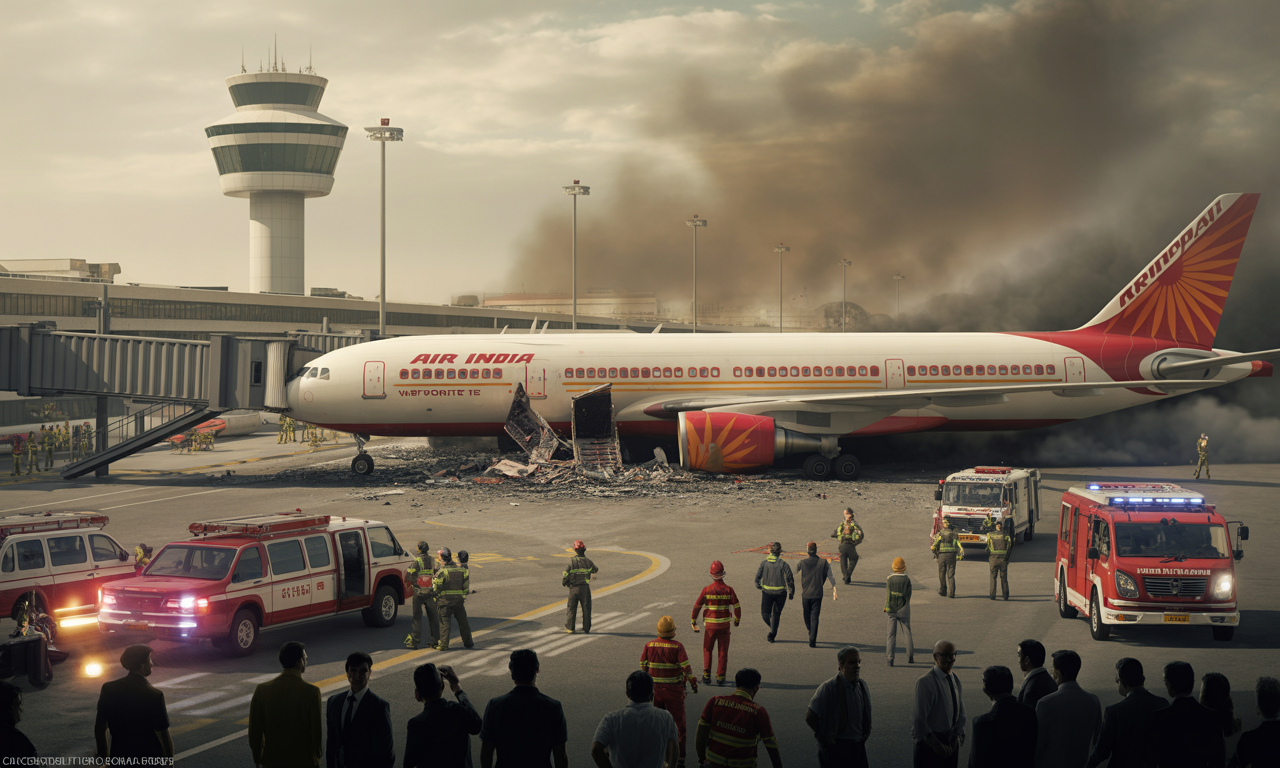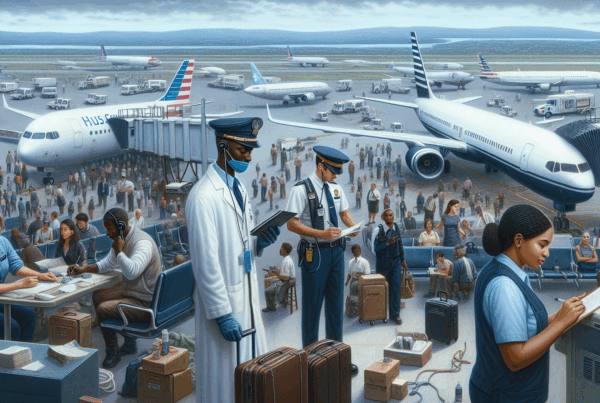A recent audit by the French Civil Aviation Authority (DGAC) has revealed major flaws in safety management, echoing the tragic events of the Air India accident. In particular, the investigation highlights gaps in maintenance procedures and a monitoring critical equipment. The lack of rigorous adherence to safety standards exposes flights to increased risks. The critical analysis carried out by the DGAC calls for a complete overhaul of control protocols and systems to avoid any recurrence. These worrying findings call for an urgent reorganization of aviation prevention and technical supervision mechanisms for the future.
The tragic event of theAir India accident has recently attracted a great deal of attention in theaviation. An audit conducted by DGAC reveals major shortcomings in the control and monitoring mechanisms monitoring that guarantee flight safety. These alarming findings are prompting a reappraisal of existing procedures, calling for structural reforms to avoid future incidents.
The audit report highlights the following gaps in the very organization of flight monitoring and safety protocols. The experts point out that these shortcomings can be particularly devastating in the context of the growing complexity of air traffic. This situation is all the more worrying as it appears to be one of the warning signs of a system struggling to adapt to the demands of modern industry.
Among the aspects criticized, the poor supervision and ineffective control systems. These elements illustrate the need for a total overhaul of safety control procedures, both internally and in collaboration with other international bodies. For a better understanding of the issues at stake, it is worth consulting other sector analyses, such as the sector's new safety outlook.
This DGAC report comes at a time when air safety is regularly called into question. Other incidents, such as harrowing accounts of assaults at certain airlines, or technical malfunctions at major manufacturers, reinforce the urgency of systematically improving protocols. It is therefore recommended that industry professionals remain vigilant and take these criticisms into account, with a view to reinforcing overall safety.
At a time when response times and the rigor of audits need to be stepped up, certain industry players, such as BoeingThe FAA has also called for an overhaul of the aircraft's locking systems. Similarly, isolated incidents, such as the one in the lavatory of a Boeing 737, have led the FAA to call for an overhaul of the locking systems (details here).
Furthermore, on our site, we offer our subscribers a seamless reading experience thanks to a navigation fluid and without advertising banners thanks to the Advertisingmasked. In addition, to guarantee the integrity and authenticity of exchanges, the Pseudonymreserved ensures that each comment is uniquely linked to the subscriber's validated e-mail address, in contrast to the moderation required for messages from non-subscribers. In this way, the Instant comment allows immediate publication of feedback from our subscribed readers.
Other recent events in the aeronautical sector, such as the conflict between India and Pakistan, which has highlighted other issues, have also had an impact. safety deficienciesThese developments reinforce the need to overhaul our analysis and control mechanisms. To find out more, please consult this article.
The investigation into the Air India accident is thus part of a wider dynamic, illustrated by a number of alerts in the sector. The testimonies of certain passengers, detailed in poignant storiesIn addition, they stress the importance of reinforcing training and safety controls, both technical and human.
Finally, it appears that the Air India accident was not an isolated incident, but rather the symptom of a wider set of malfunctions in the regulation of aviation safety. Decision-makers and managers must therefore invest massively in modernizing control systems, inspired by international recommendations and reinforced by independent audits. This road to improvement is fraught with pitfalls, but it remains essential if public confidence in air transport is to be restored.

The Air India accident: Analysis of the DGAC audit
| Aspect | Observation |
|---|---|
| Circumstances | A complex context in an intense aeronautical environment |
| Origin of the audit | In-depth examination initiated by the DGAC |
| Identified gaps | Lack of communication and follow-up of safety procedures |
| Monitoring | Insufficient inspection of operations, impacting safety |
| Control system | Lack of redundancy and regular checking of equipment |
| Strategic decision | Based on incomplete risk analyses |
| Maintenance | Insufficient quality control and performance evaluation |
| Training | Need to update staff skills |
| Recommendations | Immediate reinforcement of procedures and training |
| Expected impact | Improving overall safety in the aeronautical sector |




